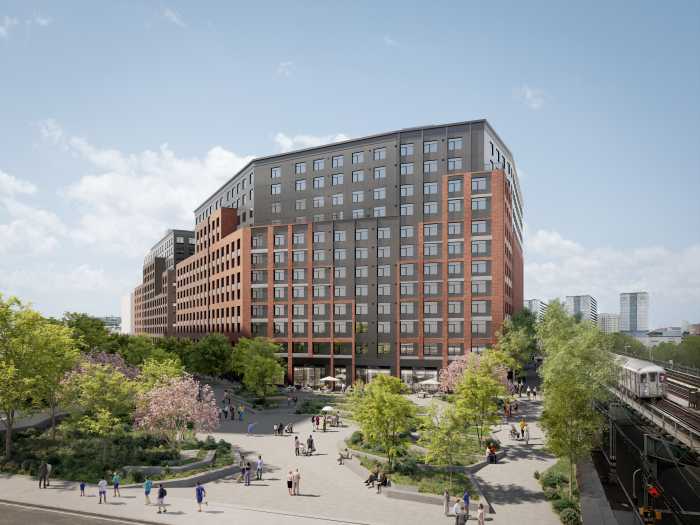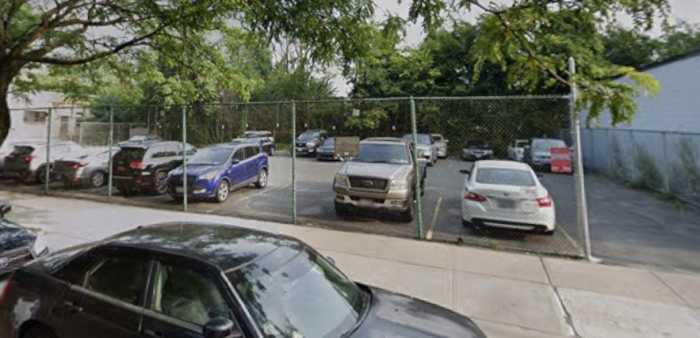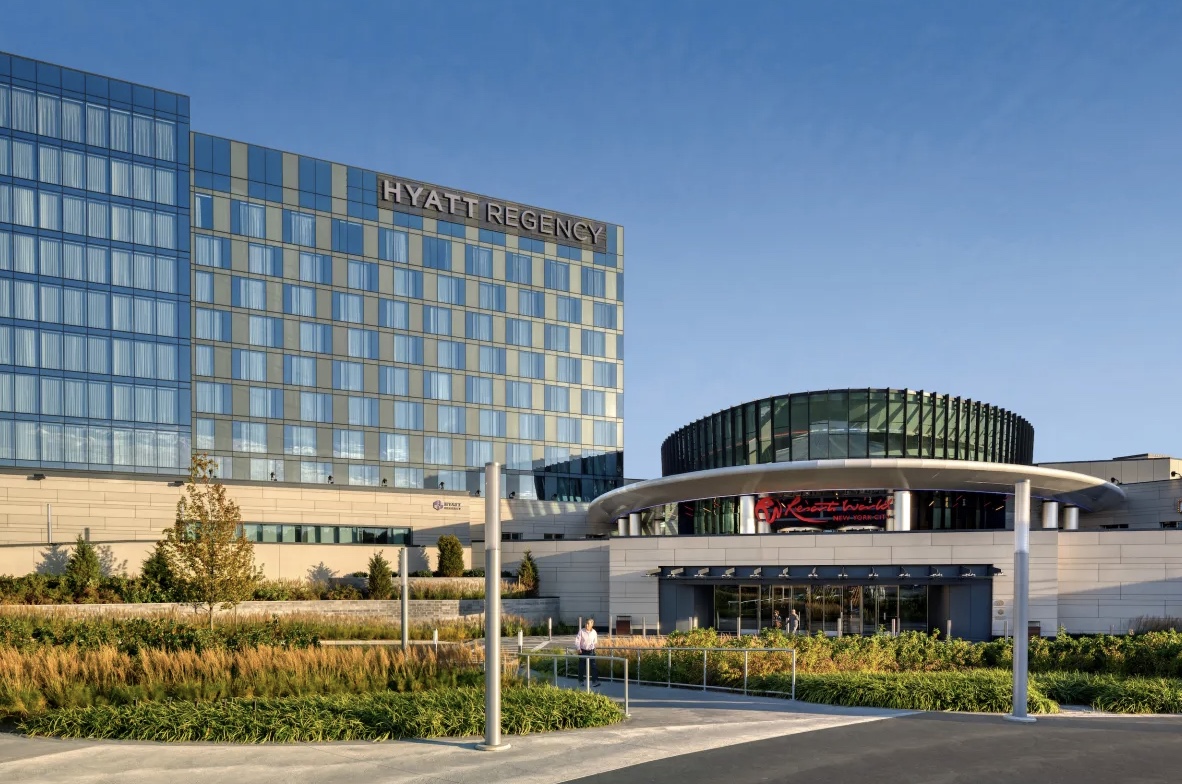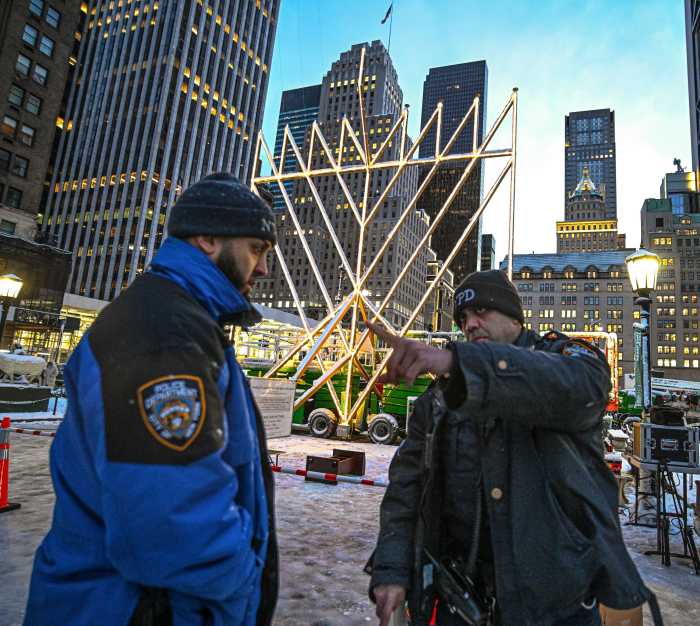Communities in Queens have long been concerned about displacement brought on by neighborhood rezoning projects but residents lack the data to prove their fears are fact-based.
Councilman Francisco Moya introduced legislation that would require the city to study the effect of neighborhood-wide rezonings on secondary displacement for existing area residents.
“With every neighborhood-wide rezoning, the future of thousands and thousands of New Yorkers are thrown into uncertainty. Long-term residents, the very curators of their community’s character, are being forced out of their homes as their neighborhoods become primed for new development,” Moya said. “More communities are next in line for these massive rezonings. Unfortunately for their residents, we can’t tell them exactly how a neighborhood rezoning will affect gentrification or secondary displacement because we have absolutely no quantitative data to offer them.”
If enacted, Intro. 1482 would amend the New York City charter to require that the city conduct a study on the relationship between neighborhood-wide rezonings and secondary displacement. Each study would be specific for individual neighborhood rezonings certified after Jan, 1, 2015, and be conducted five years after the rezoning received final approval by the City Council.
“This bill will remedy that conspicuous information gap,” Moya said. “It will require the city to study the effects of a neighborhood-wide rezonings on secondary displacement so that we no longer leap before we look. Good data inspires good policy and if we’re going to overcome this city’s housing crisis, we’ll need both.”
Moya said this legislation was among the first things his office began working on when he arrived at the City Council and he thanked housing advocates and activists and specifically the Legal Aid Society and Make the Road New York for their input.
“Through our representation of tenants across the city, we see firsthand the racial and ethnic impacts of neighborhood-wide rezonings,” said Kat Meyers, staff attorney with the Civil Law Reform Unit at The Legal Aid Society. “This bill will give the City Council a fuller picture of how rezonings affect residential displacement, and will inform policy decisions around land use moving forward. We are excited to see a focus on the experiences of existing communities, and look forward to continuing to work with Council member Moya on this important step toward eliminating the secondary displacement.”
Secondary displacement is defined by the 2010 City Environmental Quality Review manual as “the involuntary displacement of residents, businesses or employees that result from a change in socioeconomic conditions created by the proposed project.” If a study reveals 5 percent more residential secondary displacement that the original CEQR estimate, the city would include recommendations for amending the manual for a more accurate account of potential displacement.
“Neighborhood-wide rezonings are sold as efforts to increase our stock of affordable housing, but, if we look back at where these massive rezonings have been applied, all too often we see lower-income New Yorkers of color being displaced from their communities,” Make the Road NY Co-Executive Director Javier H. Valdéssaid. “These are the very New Yorkers we should seek to protect, not dismiss as collateral damage in the name of progress. We deserve to know how these neighborhood rezonings have affected residents, specifically the type of residents these neighborhood rezonings purport to benefit, as they continue to reshape our city.”
Moya serves as the chair of the Subcommittee on Zoning and Franchises, and he says he is eager to hear feedback on the bill during the public comment period ahead.





































